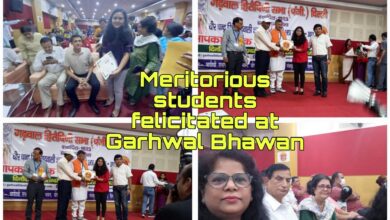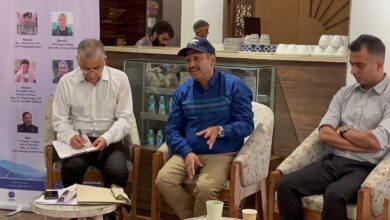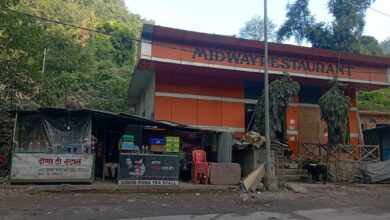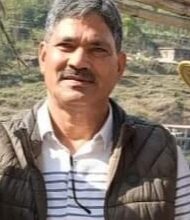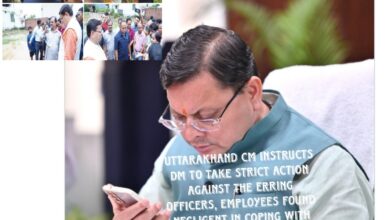Dialogue program of SDC Foundation on various aspects of the survey on 10 years of Kedarnath disaster at Dehradun
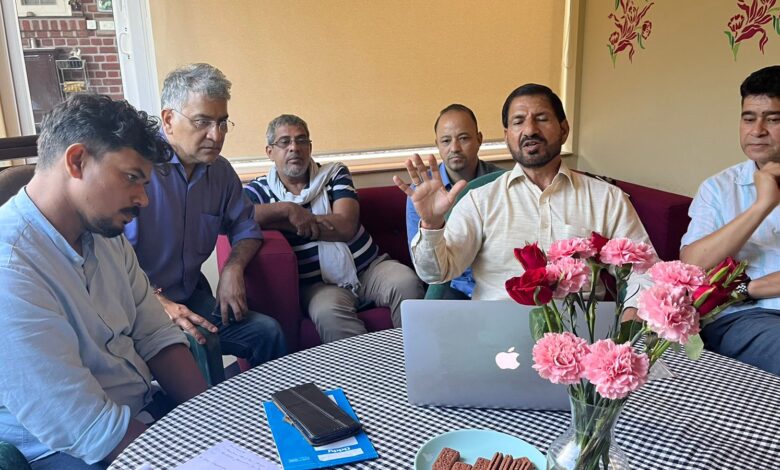
Dehradun
10 years have passed since the unfortunate Kedarnath disaster. What were the difficulties faced by the disaster victims in these 10 years, what were the changes in their lives during this period, what was the impact of the disaster on their livelihood? During this period have people become aware to face a disaster of similar nature in future ? A survey is being done on all these issues during the next one month.
The survey will be jointly conducted by Dehradun based think tank SDC Foundation and student of JNU’s Center for Disaster Research.

During this exercise , the students of JNU, New Delhi will go to the affected areas and the villages that have suffered the most damage and interact with the affected people and prepare a detailed report.
An interactive program was organized at the office of SDC Foundation to discuss the various aspects of the survey.
Dr. PS Negi, Former Scientist, Wadia Institute of Himalayan Geology, Pradeep Mehta, Uttarakhand State Head, United Nations Development Program, Dr. Laxman Kandari, Department of Forestry, Garhwal University, Independent Journalist Trilochan Bhatt, founder of SDC Foundation, Anoop Nautiyal and Raushan Kumar, a student of JNU participated.
The format of the proposed survey was mainly discussed in the program along with disaster related aspects to be included in it.
Apart from the dialogue, Dr. Mayank Badola, working in the Health Department offered key suggestions on public and mental health challenges in Kedarnath via the phone.
It was decided in the program that the survey should be divided into five parts.
In the first part, the disaster affected people will be posed questions about their personal lives. In this, information will be sought about their age, family, amount of damage caused in the disaster, the current economic condition of the victims including residential house etc.
In the second part, there will be questions about how aware people have become about the post Kedarnath disaster itself.
In this, questions will pertain to the nature of disaster, information regarding the warnings received from the Disaster Management Authority from time to time, information about the causes of the disaster, etc.
In the third part, information will revolve around the impact of the disaster on the health of the people and especially – on their mental health.
In the fourth part, an attempt will be made to know what the government did after the disaster and whether the efforts of the government helped the disaster impacted people.
In the fifth part, aspects related to livelihood will be discussed. In this, information will be taken about the conditions before and after the disaster. People will also be asked to share their experiences on any environmental issues they have faced.
During the dialogue, Wadia’s former scientist Dr. PS Negi also gave a powerpoint presentation of the 2013 Kedarnath disaster.
Highlighting the danger of disaster, he said that the safety wall being built in Kedarnath at present will not be of any use in the event of a disaster like 2013.
He further added that before the disaster, the Mandakini river was about 70 feet below the Kedarnath temple, which was covered with debris in a few seconds, so the 10-foot safety wall cannot be called a strong or reliable security system.
Anoop Nautiyal of SDC Foundation terming this conversation as very significant said that this conversation proved to be tremedously pivotal.
Experts of their respective fields related to disaster gave important suggestions regarding the survey, which are going to prove very helpful. He said that after the survey is completed and report submitted , it will be shared with policy makers, researchers and different sections of the society, playing a significant role in making necessary alterations and improvements in process poss disaster in helping the victims and ameliorating their countless plights etc.


